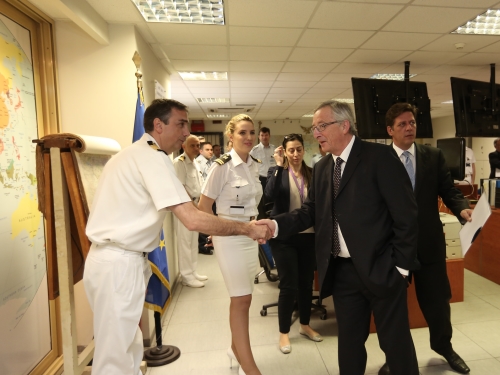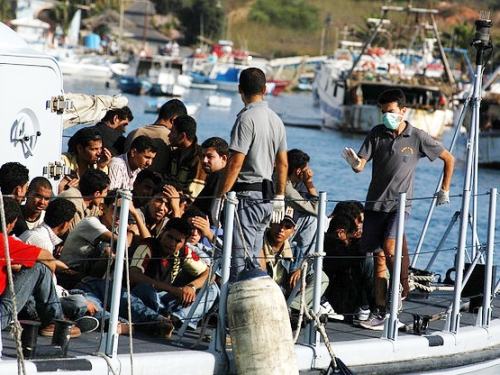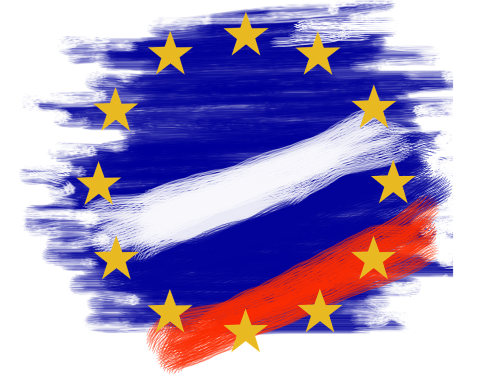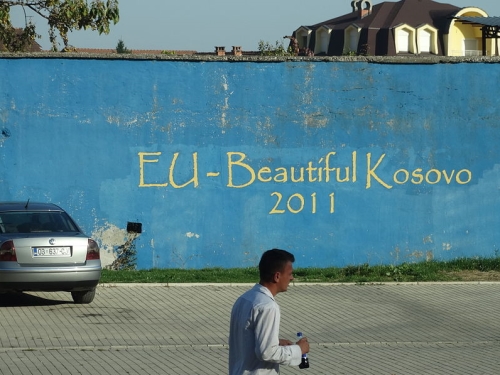
It has been clear for some time that EU governments, and most of their publics, find the thought of extending military support to conflict-ridden Ukraine wholly unpalatable. Debates regarding the pros and (mostly) cons of sending European military aid and European peacekeepers have run their course throughout European capitals without much enthusiasm.
Against this background another struggle has begun to receive the attention of pundits, and rightly so. It is the long and arduous battle for a viable Ukrainian state, one that is built on a functioning democracy, a competitive economy, and the rule of law. This vision entails a process that The Economist has aptly termed de-oligarchisation and—most importantly—the ultimate objective of countering corruption. If this vision is to succeed, the EU and Ukraine will have to demonstrate that they are as committed to each other as they claim to be.




